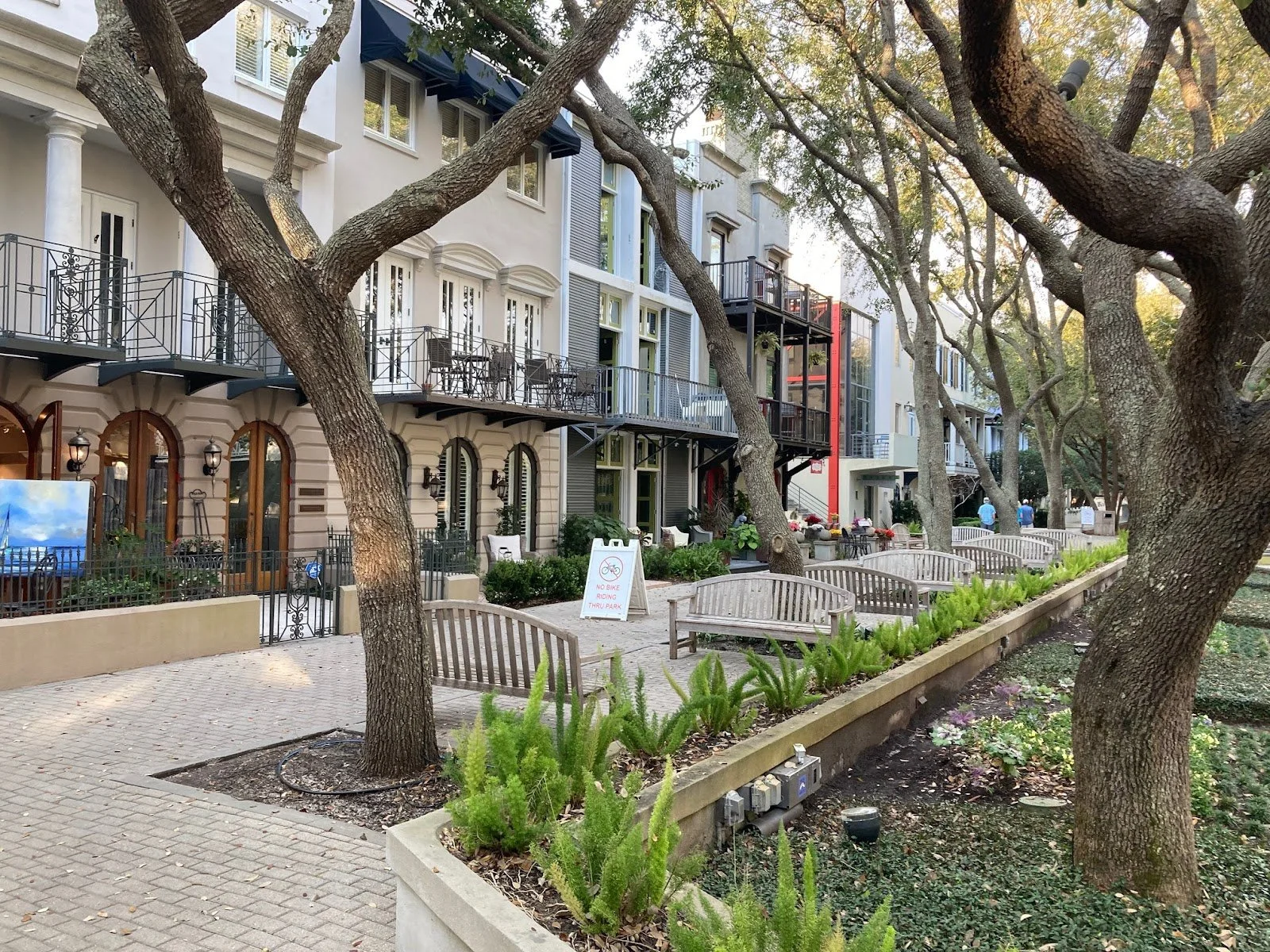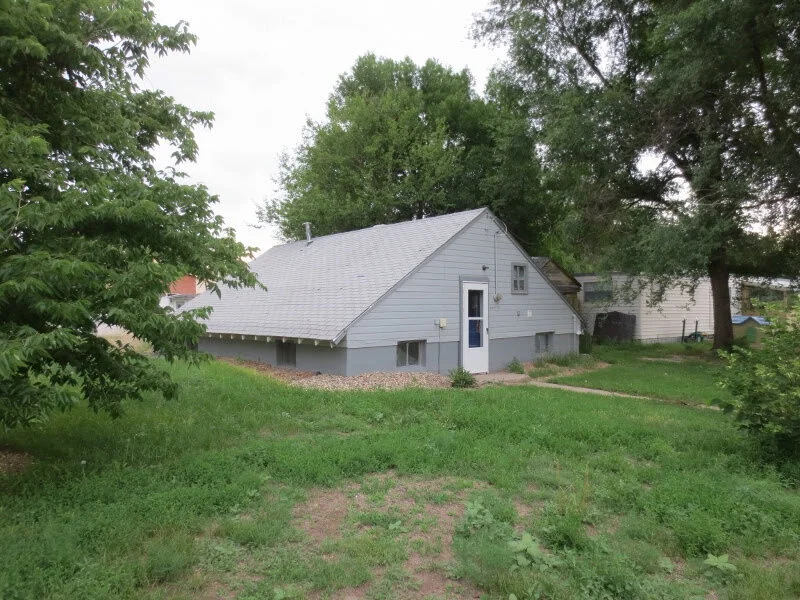What does and doesn’t work about the “great-granddaddy” of New Urbanism?
Read MoreWe love organically grown, incrementally developed cities…but could we replicate their success if we started a new city from scratch?
Read MoreYou might not guess by looking, but this traditional neighborhood development is an employment powerhouse.
Read MoreSome neighborhoods can feel downright hostile, especially to outsiders. But many places have become this way due to inhospitable design, not inhospitable people.
Read MoreThese two highways in New Jersey run parallel and very close to each other—and traveling along them allows a sustained view of two different development approaches.
Read More“No neighborhood should be exempt from change. No neighborhood should be subjected to radical change.” Let’s examine what this core Strong Towns principle actually means.
Read MoreOur drive continues through the area once called “the ugliest place in Maryland.” When you look around, though, you can find the building blocks for an urban transformation in these suburbs.
Read MoreLet’s take a drive down Rockville Pike, a major thoroughfare near DC. What kinds of development patterns will we find as we pass through each ring of suburbia?
Read MoreSoftware engineers don’t design user interface, so why do we let civil engineers design streets?
Read MoreSeeing your own place through the eyes of an outsider can reveal some uncomfortable—but necessary—truths.
Read MoreWe need to go back to the point where we were still building architecture that inspired, lifted the human spirit, and lasted millennia—and build upon those practices.
Read MoreLet’s talk about master developers and how all-at-once, large-scale development doesn’t offer the environment in which resilient economic ecosystems emerge.
Read MoreWhat lessons can we glean about anti-fragility and human psychology from a 2,000-year-old fast food restaurant?
Read MoreSomehow, as a society, we’ve drifted from ordinary people being able to build their own homes on a cash basis in an interactive, iterative way, to immense, hyper-elaborate habitats.
Read MoreLet’s #DoTheMath in Ramsey County, Minnesota.
Read MoreThe same design principles behind Japanese gardens can make the building of resilient and financially strong places into a joy, rather than a burden.
Read MoreThere is much we can learn from cities of the past—especially small, remote cities that grew up around the exploitation of natural resources.
Read MoreHouse hunting—even online—puts the effects of the suburban development pattern on full display.
Read MoreCentralized systems are good at getting us cheap food, cars, and toilet paper—until they’re not. They’re also really bad at isolating deadly outbreaks.
Read MoreThe North American development pattern disrupted a way of building cities that has thousands of years of accumulated wisdom behind it—and is still at work in dynamic ways around the world.
Read More



















